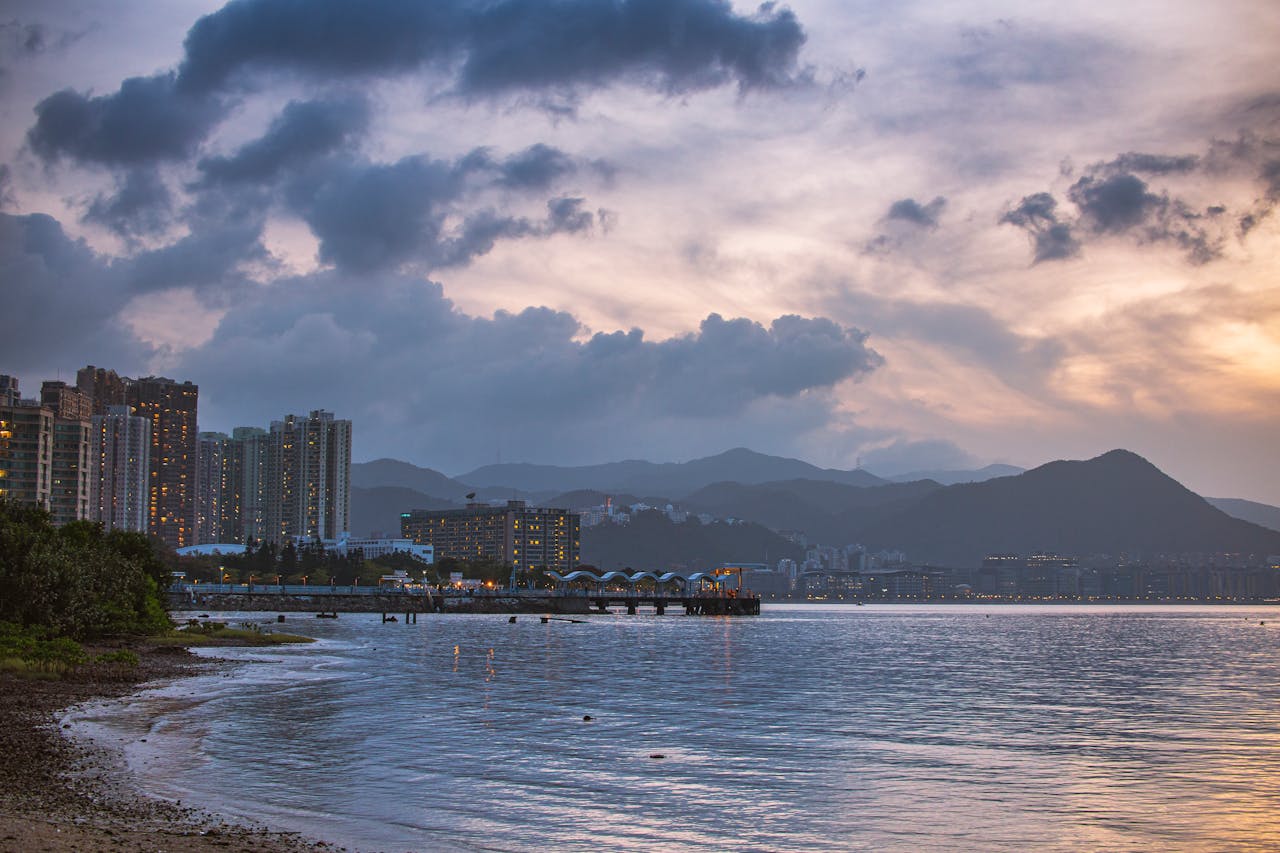Hong Kong’s history as a former British colony has left a lasting impact on its economic and cultural landscape. Today, the influence of the UK continues to shape various aspects of Hong Kong society in positive ways. In this article, we’ll explore how the British traditions and culture still resonate in the region. From education and business to finance, architecture, and the legal system, traces of English influence remain prevalent even today.
Current Evidence of British Influence in Hong Kong
According to our detailed research, some of the current indicators of British influence include left-hand traffic, language, architecture, and the legal system. In addition, we’ve also discovered that many British residents in Hong Kong continue to celebrate British holidays and festivals that take place every year. Christmas and Easter are particularly noteworthy examples of widely celebrated holidays. What’s more, Western dining options and British-style afternoon tea remain popular choices in the city.
Afternoon Tea at the Peninsula Hotel in Hong Kong
Afternoon Tea has long been a tradition in England. Wealthy individuals brought this tradition to Hong Kong, where it has endured. Many people like to have tea with their lunch or during the afternoon. Not only this, but there’s a unique Hong Kong-style tea, which consists of black tea and evaporated and condensed milk.
Residents of Hong Kong can even experience this tradition by visiting the famous Peninsula Hotel. The renowned afternoon tea service at the resort is iconic and many visitors are quick to make use of it. Currently, it’s one of the most sophisticated meeting spots in the city.
Architecture
Walking through Hong Kong, visitors are likely to encounter numerous buildings that reflect British architectural styles. These structures coexist with modern skyscrapers, enriching the city’s diverse architectural landscape. Examples include St. John’s Cathedral, the former Marine Police Headquarters, and the Legislative Council buildings, all of which have been greatly influenced by Britain. These colonial-era structures were among the first built by the British in Hong Kong, and they’re still in perfect condition after so many years.
British English Taught in Schools
English holds a prominent position in Hong Kong as one of its two official languages. It is extensively used in education, law, business, official announcements, and various other domains. A significant portion of Hong Kong residents are bilingual, proficient in both Chinese and English. The language is studied in every primary and secondary school within the region.
Schools and universities in Hong Kong often adhere to British educational models and maintain strong connections to British academic traditions. Many schools include subjects, such as English literature, and a substantial number of students pursue higher education opportunities in the United Kingdom.
Trams Also Known as Ding Ding
The Ding Ding Tram is a cultural icon of Hong Kong. Despite the presence of various modern transportation options, including taxis, the tram continues to hold significant cultural heritage value. Also called just “Ding Ding”, this transportation method derives its nickname from the distinctive double-note bell that alerts pedestrians of their approach. Initially manufactured in England and shipped to Hong Kong, trams quickly gained popularity and remain widely utilized throughout the city to this day.
Left-Hand Traffic
Being a former British colony, Hong Kong adopted left-hand traffic rules, similar to India. Despite potential benefits, such as alignment with neighbouring mainland China, the costs, inconvenience, and entrenched driving habits have prevented any switch to right-hand traffic. The influence of British road infrastructure remains evident in traffic lights, signs, and markings, which closely resemble those used in the UK. Even the plate numbers in Hong Kong are quite similar to the ones people can see on vehicles in Britain.
Numerous British Shops
British shops and brands have a strong presence in Hong Kong, with retailers like Marks & Spencer and Harvey Nichols among other prominent names. They offer a wide range of products, from luxury fashion items to groceries, and contribute significantly to the diverse retail landscape of the city. The presence of such shops also benefits tourism within the city, as many visitors love to visit stores and boutiques they’re familiar with. Here’s a list of a few more well-known British shops in Hong Kong:
- Britain Essentials
- Mr Sims Olde Sweet Shoppe
- City Super
- Best of Britain
Legal System in Hong Kong
The legal system in Hong Kong is fundamentally based on the British system. The Hong Kong Special Administrative Region’s legal framework operates under the principles of the English Common law. The court structure mirrors that of the UK, encompassing multiple tiers of courts. What’s more, legal education in the Chinese region follows models established by British traditions.
Final Words
All things considered, we may say that the English culture seamlessly blends with local traditions in Hong Kong, creating a unique cultural environment. The city’s colonial history has left a lasting legacy that continues to influence its legal, educational, architectural, and cultural landscapes.

